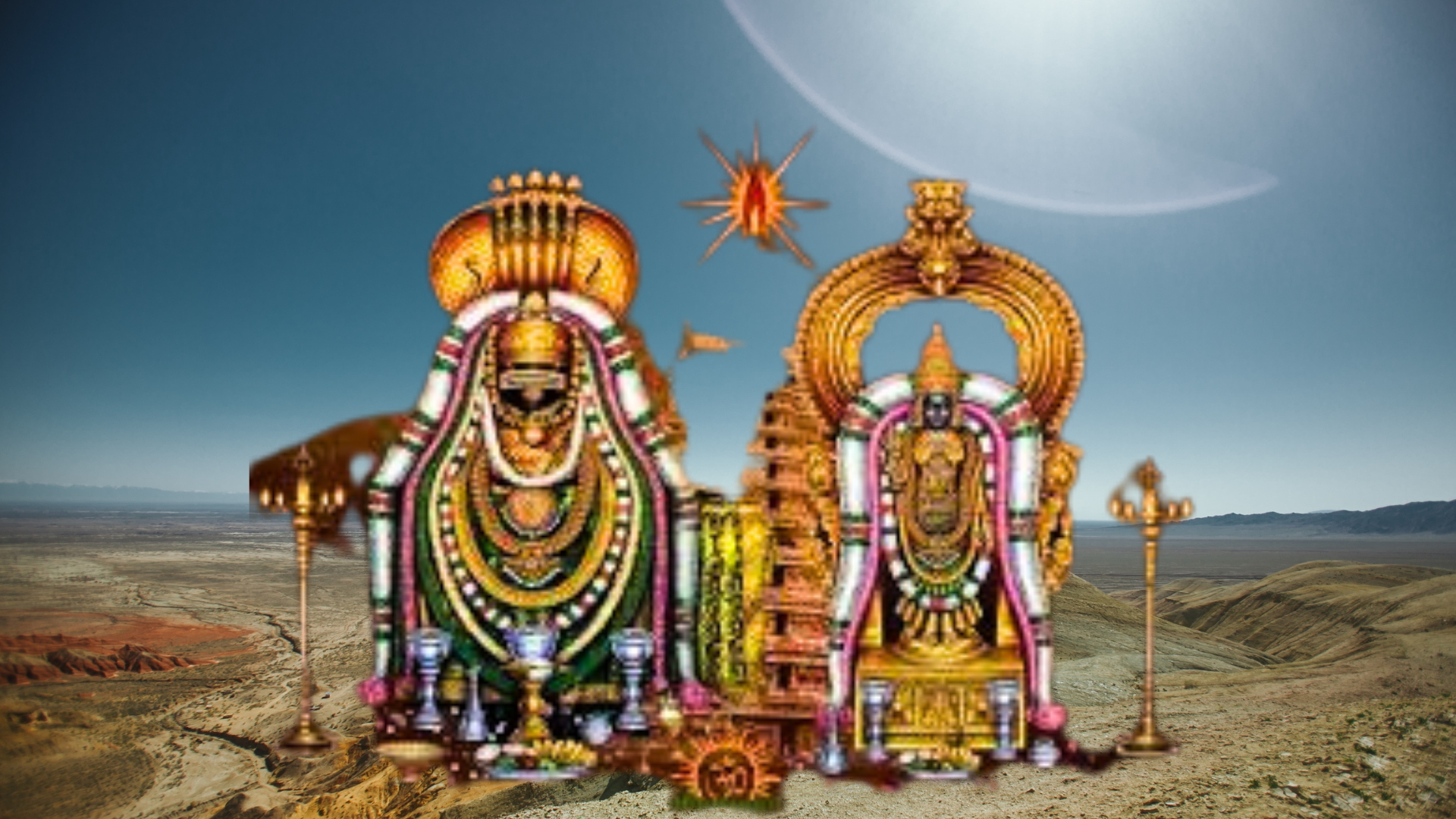
Lord Shiva is revered as the supreme God by the people following the Shivate tradition. Hailed and worshipped as one among the Trimoorthy / Trinity, Lord Shiva has various aspects attributed to him - He is the destroyer, an ascetic, and the father of Yoga. He is the ultimate yogi, depicted with a blue throat, living and roaming in the Kailash ranges of the Great Himalayas.
Lord Shiva is significant in Hinduism and is depicted as a Yogi or an ascetic with long matted locks, a third eye, a snake around his neck, a moon on his head, Carrying a Trishool and a Nandhi by his side. To many, hearing about Shiva being the destroyer gives an uneasy feeling. They often raise questions - Is it, not God's duty to protect? Why pray to someone who destroys things?
To understand Shiva better, one needs to understand the symbolism and depictions behind him.
SYMBOLISM OF SHIVA
The Moon on Shiva’s locks represents wisdom and knowledge beyond logic and intellect. Moon and the mind are connected. When one attains divine wisdom, intoxication and bliss occur. Since Lord Shiva is always in the state of the union with the cosmos, he is intoxicated by it but yet, fully aware at the same time. Lord Shiva is called Someshwara ( Lord of the Moon).
The Third eye of Shiva does not mean another physical eye-like slit on the forehead. Every human has two physical eyes that enable individuals to view the world. As humans, we understand the world around us only through the perception of the sense organs. The eyes are a sense organ that helps us see things around us through which we understand the world outside us. To know the world inside, one needs to delve deeper inside us. The art of closing the physical eyes and looking inside is meditation, through which the third eye opens.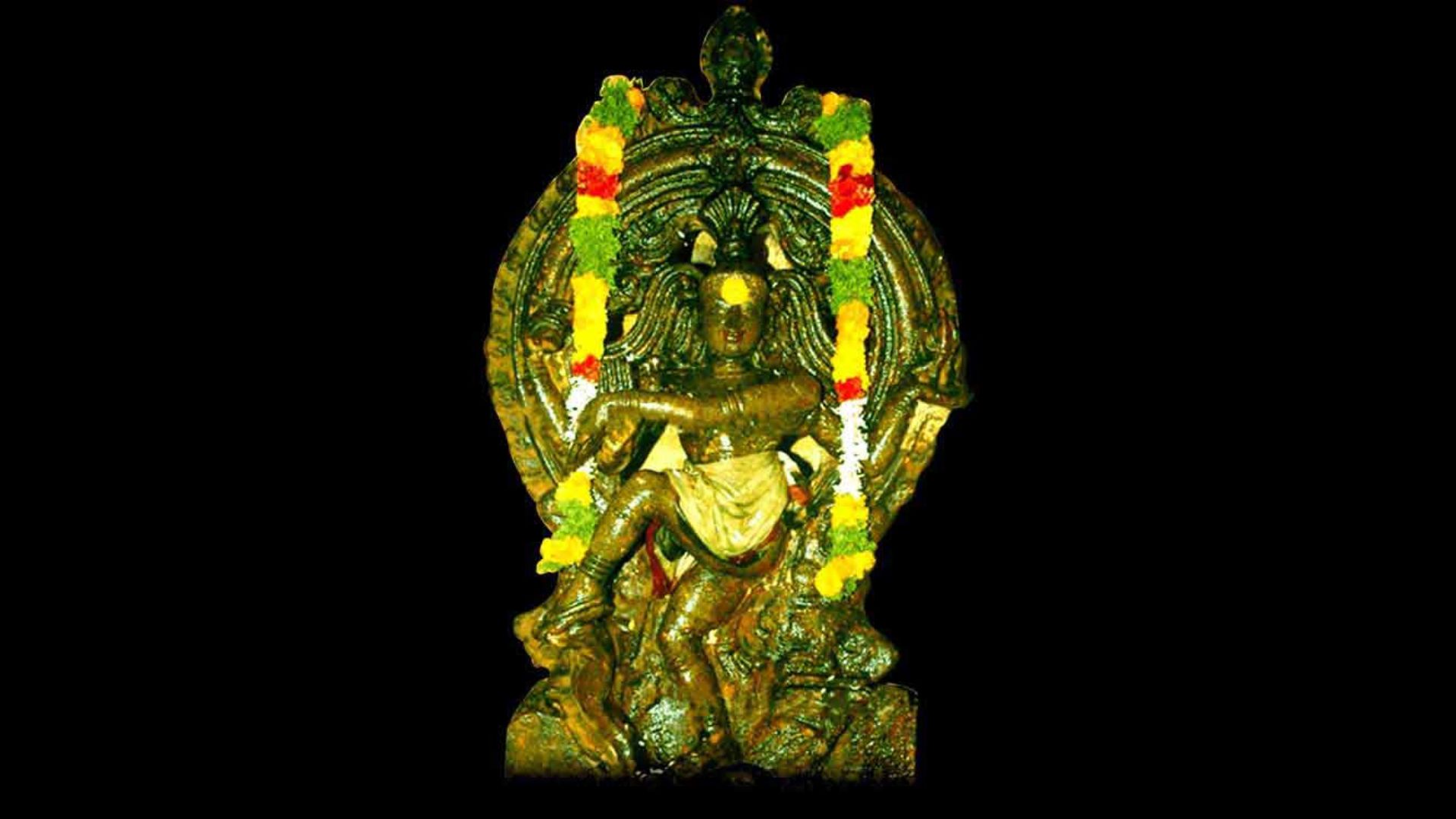 click here
click here
Snake is alert, quick and poisonous. According to the legends of the Samudra Manthana, Shiva arrested all the poison and filtered it and did not allow it to enter his system resulting in him having a blue throat. That is why Shiva is also known as Neelakandan - meaning blue throat. It symbolically means the many poisons in the form of emotions, wrong ideas, and negative energy that can enter the system, which needs to be filtered and destroyed. Incidentally, one of the valuable chakra in our body - The Vishuddhi (meaning Filter), is positioned at our throat.
The Nandhi represents patience, purity and eternal waiting. The Nandhi is perpetually alert and always sitting, which is how a devotee probably sits and meditates. Never look out for or assume an outcome, but be perceptive and full of devotion, willing to listen and have absolute consciousness.
The Thrishul is a three-pointed blade facing upward direction. It represents the Ida, Pingala and Sushma energy present in the body. It also embodies three states of consciousness in a person - Waking, sleeping and dreaming.
Hence, Shiva becomes the ultimate destroyer of ego and negative elements that hinder a person in the spiritual path. The ego is hard to fathom, yet it exists subtly in its rudimentary form in our day-to-day lives with different manifestations.
AN UNDERSTANDING OF EGO
The thoughts like - I am different from God, I am different from others around me, I am my name, I am my family, I am my job, I am my affluence, I am the brands that I wear, I am what the public thinks of me, I am the things that I possess, are some of the typical Ego centric thoughts that arise in every human being. If a person quits a job, changes his name, stops wearing a brand or forgoes some possession of life, will he/she cease to exist? NO - Then what or who is the person? This search and journey towards spiritual awakening starts with meditation. Shiva is the destroyer of these thoughts. He guides us in our journey towards the spiritual awakening.
Lord Shiva is associated with many things, but one thing forbidden is, offering the Ketaki Flower for worship. It is also popularly known as Thazhampoo in Tamil and screw-pine in English.
LEGEND OF LORD SHIVA AND THE FORBIDDEN FLOWER
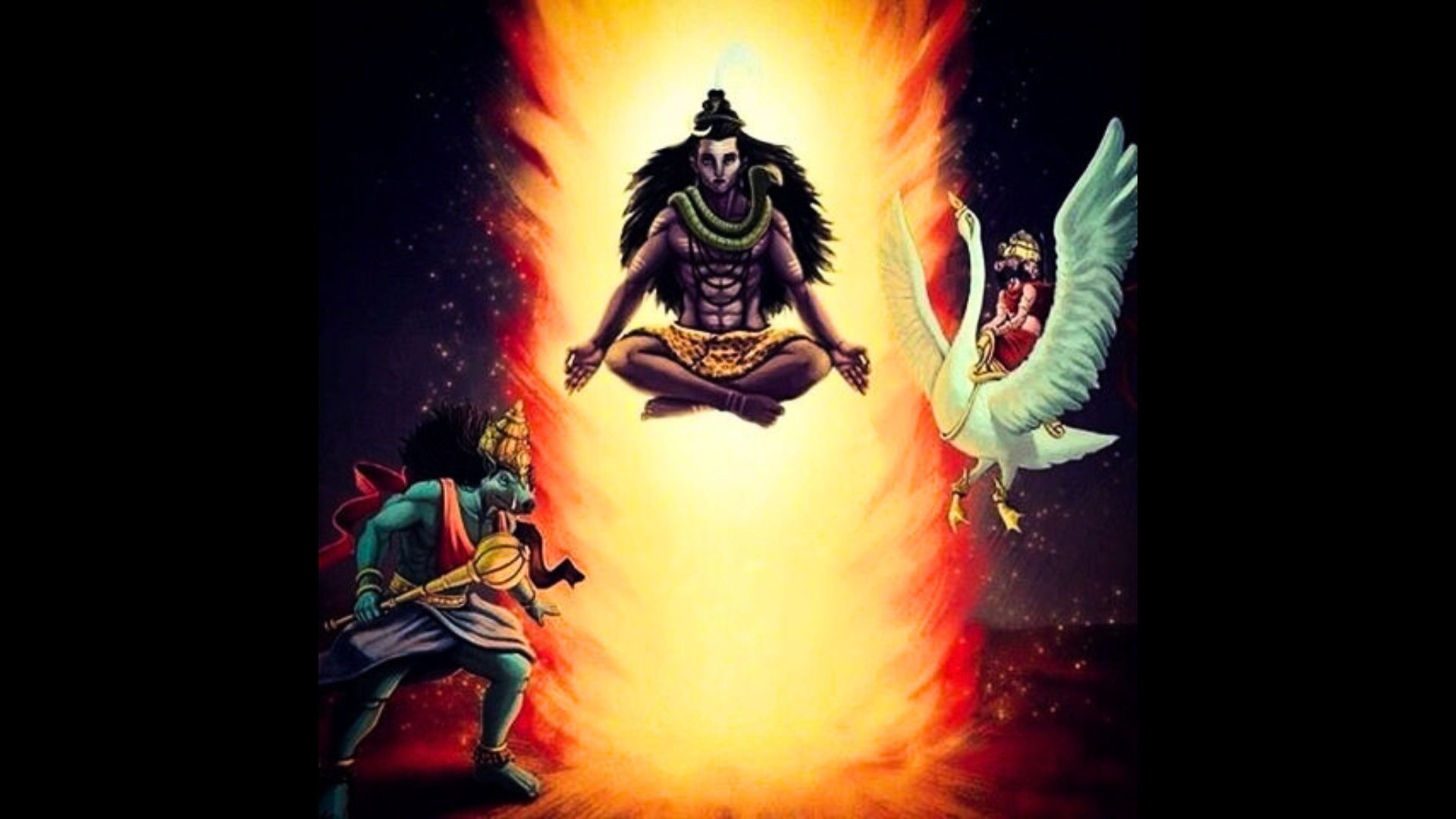
Many things adorn Lord Shiva, but Thazhampoo is forbidden even though it is a fragrant flower. According to the Legends of Shiva Puranas, Thazhampoo was once cursed by Lord Shiva for being dishonest. Ever since that day, it has never been utilised in the poojas.
Once upon a time, Lord Brahma and Lord Vishnu argued who among them was superior and more powerful. The argument seemed never ending and became a fight. Lord Shiva wanted to end the disagreements and appeared before them as a gigantic column of fire. Lord Shiva said the person who could first reach the summit or the end of this column of fire is the most powerful of the two.
Lord Vishnu took the avatar of the Boar ( Varaha Avatar) and travelled deep down into the earth to find the end of the fire. Lord Brahma took the avatar of a white Swan and started flying upwards towards the summit of the fire. Lord Vishnu and Brahma travelled on for many days but could not reach the crown or the end.
Lord Vishnu soon realised his mistake and returned to Lord Shiva with an apology that he had thoughts of ego (now it has been destroyed). Lord Brahma was determined. He spotted a Thazhampoo and convinced it to lie as a witness of Brahma having seen the summit.
Lord Shiva was enraged to hear the lie and cursed Lord Brahma instantly. And ever since that day, people on earth ceased to worship Lord Brahma nor consecrated any temples for him. Lord Shiva also cursed Thazhampoo. And ever since that day, it has not been included in any worship or pooja related to Lord Shiva for blatantly lying and supporting Brahma.
This place where Lord Shiva appeared as the column of light is Thiruvannamalai. The famous Arunachaleswara temple is dedicated to Lord Shiva here. This temple is one of the sacred Pancha Boota Sthlam that represents the fire element.
To know more about the other Pancha Boota Sthalams, click here.
In Arunachaleswara temple, Lord Shiva is worshipped as Annamalaiyar or Arunachaleswara and with Goddess Parvathi as Unnamalai Amma. It is one of the largest temples dedicated to Lord Shiva, having a Girivalam/circumambulation of about 14 km. This temple is one of the Padal Petra Sthalams, where the Nayanmars (Sundarar, Appar, Sambandar) of the 6th and 7th centuries composed poems on the Lord.
The temple structure was initially built during the Chola dynasty in the 9th century that was expanded later during the Vijayanagara period. The Kartigai Deepam festival is one of the grandest celebrations of the temple, where an enormous lamp is lit atop the hill, representing Lord Shiva as the fire element.
THIRU UTHARAKOSAMANGAI AND THAZHAMPOO

Thiru Uthirakosamangai temple, also known as Mangalanatha Swamy temple. It is one of the oldest temples in India, believed to have existed even before the time of the creation of the sand. Uthiram means secrets, Kosam means to say, and Mangai represents Goddess Parvathi. This temple is where Lord Shiva explained the secret knowledge of the Vedas to Goddess Parvathi.
There are three deities in this temple - Mangalanatha Swamy - Lord Shiva, Mangaleswari - Goddess Parvathi and Natarajar ( made out of Emerald stone having a height of about three feet). The Temple story also states that Mandodari was a Shiva Bakth, and she offered prayers seeking a Shiva Bakth as her husband. She consecutively married Ravana - the king of Lanka (at this temple).
Another legend says Thazhampoo undertook severe penance at this temple after its curse. Lord Shiva was delighted at the commitment and prayers that he allowed the flower to be worshipped only during the Shiva Rathiri. He also made a concession that Thazhampoo would be used to worship in the Uthirakosamangai temple daily.
Initially, these stories might sound superficial and hard to believe. One may even doubt the logic or the truth behind them narrated in our culture. These legends have been narrated through many centuries as bedtime stories, re-told by grandparents. But, the sheer fact that these stories are similar and exactly reproduced throughout the different parts of India, transcending languages, location and period, have reiterated the credibility of these legends. This is the degree of devotion, greatness and essence of our dharmic culture.
 I am Vaishnavi Gurusankar, a passionate educator, a wife and a mother. I have over a decade of experience as an educator and have been closely working with teachers and children of all ages. I am also an active parenting blogger and founder of Magical Unicorn, an exclusive parenting blog founded on Indian ethos, values and stories at its core.
I am Vaishnavi Gurusankar, a passionate educator, a wife and a mother. I have over a decade of experience as an educator and have been closely working with teachers and children of all ages. I am also an active parenting blogger and founder of Magical Unicorn, an exclusive parenting blog founded on Indian ethos, values and stories at its core.
NEXT ARTICLE
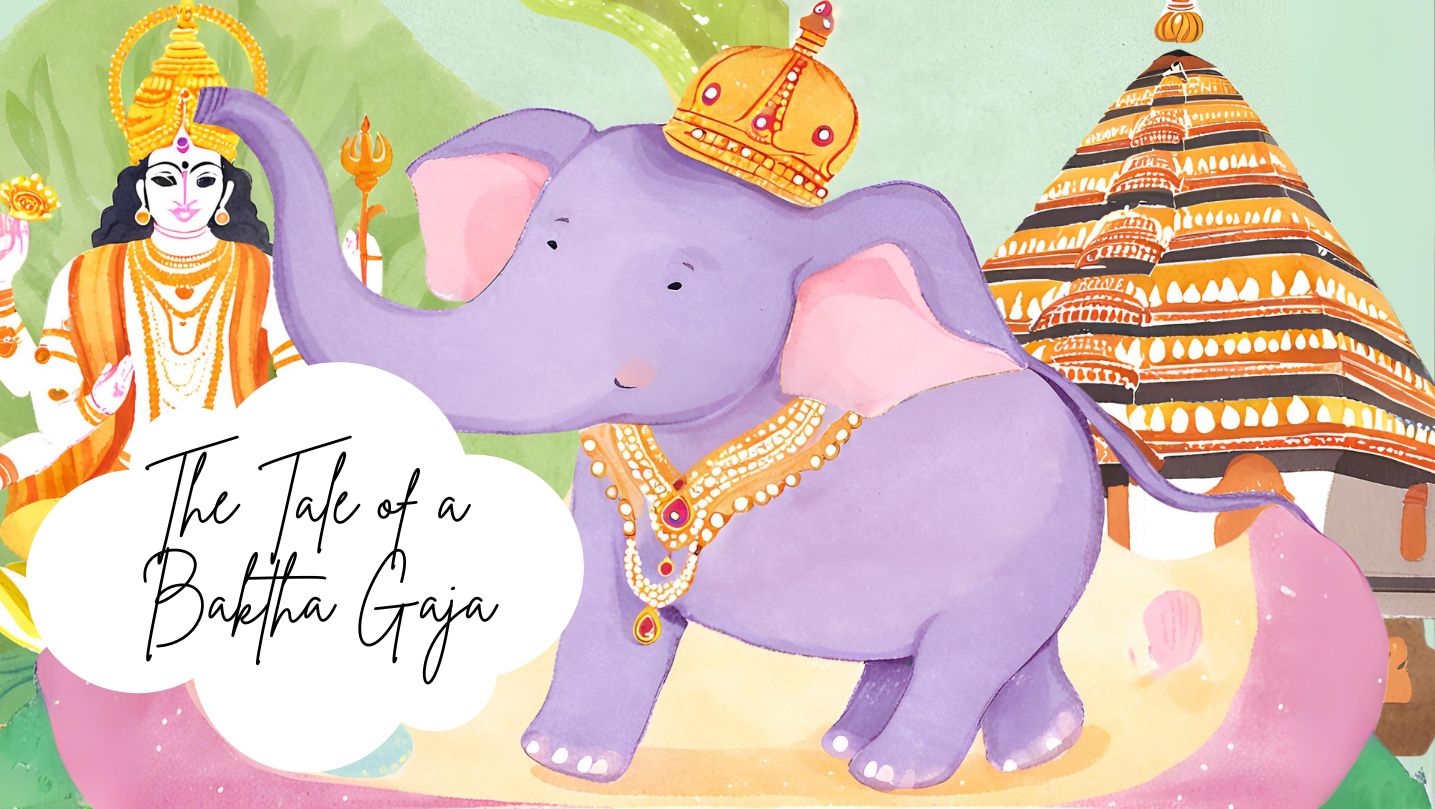
In the lush, green heart of Kerala lived an elephant who became a living legend - a tale of an elephant turned into a bakth. His name was Keshavan, bu...

Bharat has exploded onto the world scene and made global news with its hard-hitting “Operation Sindoor” that struck at the heart of terrorism and laun...
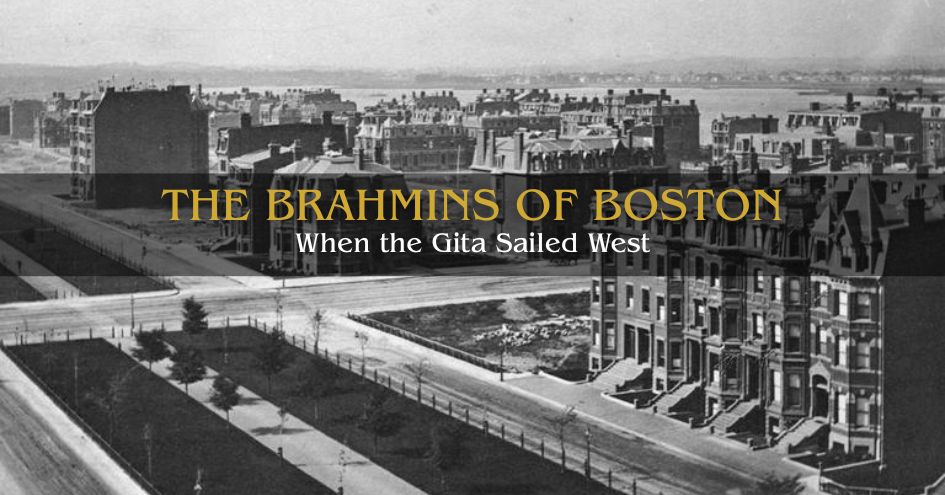
In the bustling age of global trade, Boston—a thriving port city on America’s eastern coast—stood tall as a beacon of commerce. In the early 18th cent...